The Eternaut Review 2025: Snowfall, Survival & Subtle Time Loops

The Eternaut Review: First Impressions That Hit Like a Snowstorm
The opening moments of The Eternaut didn’t waste time. A haunting aurora in the sky, sudden deaths, and a silent snowfall that spelled doom, Netflix’s Argentine sci-fi drama grips from the start. Whether it was the teens on the boat or the friends stuck in a basement, the setup was instant dystopia.
“The snow falling resulting in bodies hitting the floor was an instant attention grab.”
This wasn’t just apocalyptic sci-fi. It had that Nordic Noir quiet terror, now set in the eerie stillness of Buenos Aires.

A Frozen City & Emotional Stakes: The Worldbuilding of The Eternaut
he Eternaut quickly earns its post-apocalyptic stripes. The snow-covered Buenos Aires feels simultaneously surreal and eerily believable. The production design, quiet horror, and chilling stillness all reinforce that the world is quite literally frozen in time.
The paranoia surrounding the whiskey delivery girl, the scramble to secure resources, and the character-driven decisions (from Favalli to Juan) felt grounded in reality even while alien threats loomed.
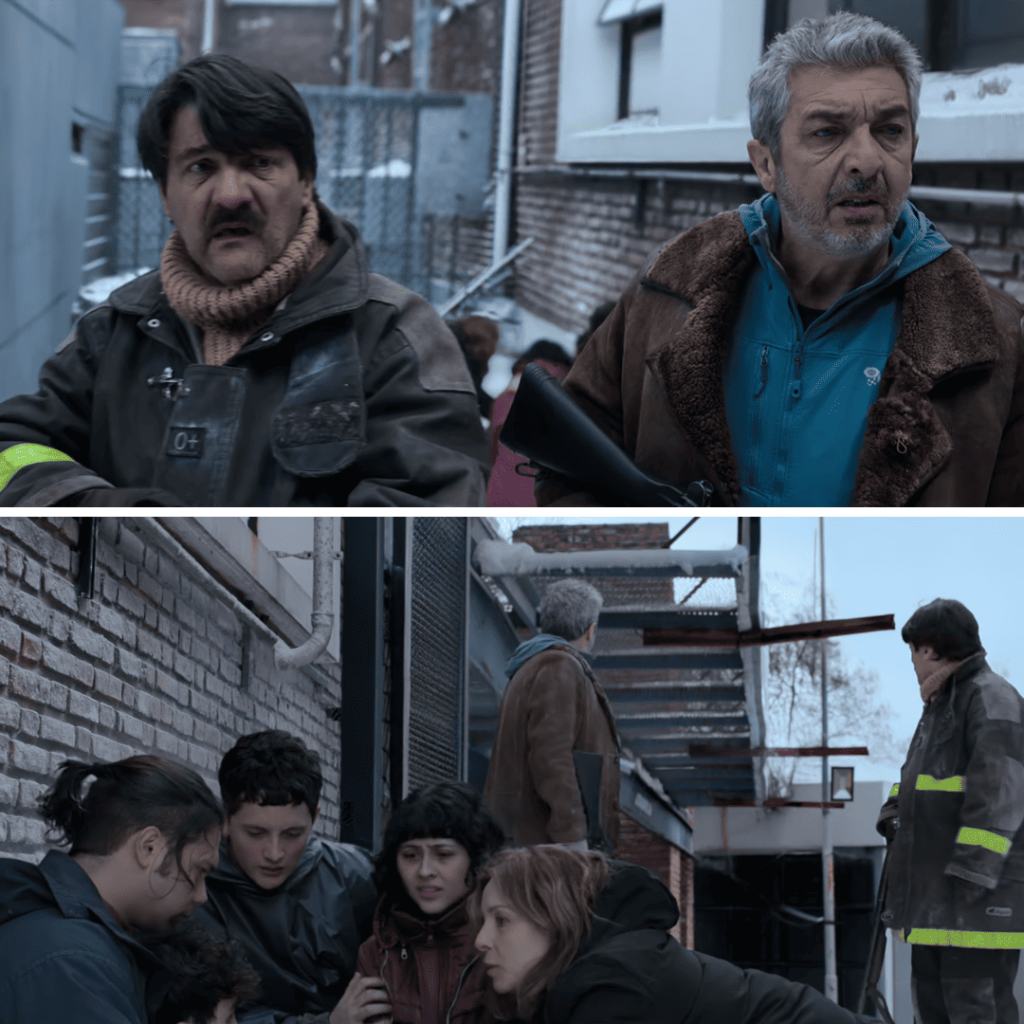
Beyond the Snow: The Eternaut’s Hopepunk Heart
While it flirts with time loops and mental disassociation, the true core of The Eternaut is surprisingly humanist.
“In our most trying times we reach out to protect our loved ones… the ones who don’t lose their humanity show us the better angels of our nature.”
There are echoes of PTSD, trauma, and survival guilt—especially in Juan’s disoriented state but those don’t eclipse the emotional resonance. If anything, they deepen it.
However, the supposed time travel elements? Too vague. Unless you rewatch with that lens, they barely register.
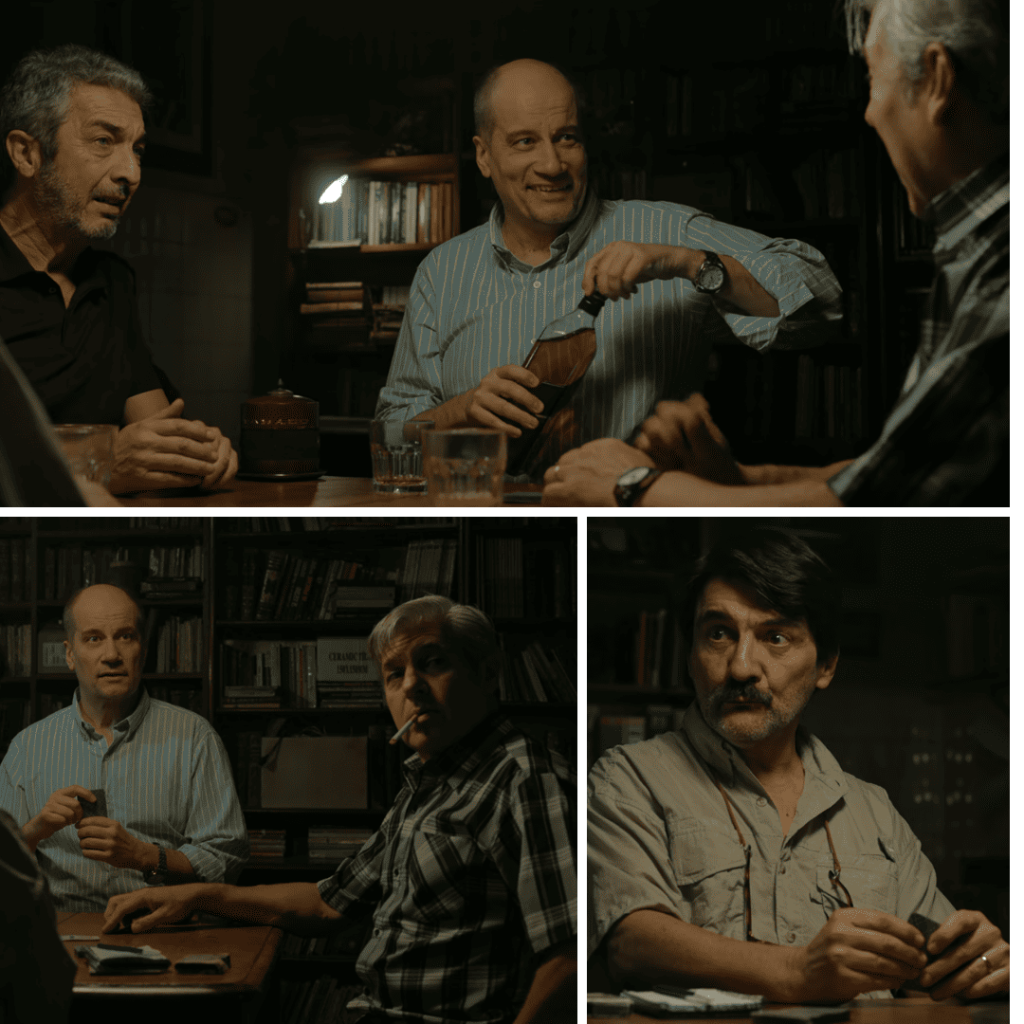
Characters: Juan Salvo, Favalli & the Power of Contrasts
Juan was the emotional core but not without flaws. His drive to find his family added urgency, even when his logic faltered. Favalli, by contrast, was survivalist clarity: scientific, tactical, and fiercely protective.
“Favalli was on full survival mode, trust no-one, protect everyone, and figure out what is going on.”
The supporting characters served their purpose but didn’t carry the same narrative weight.
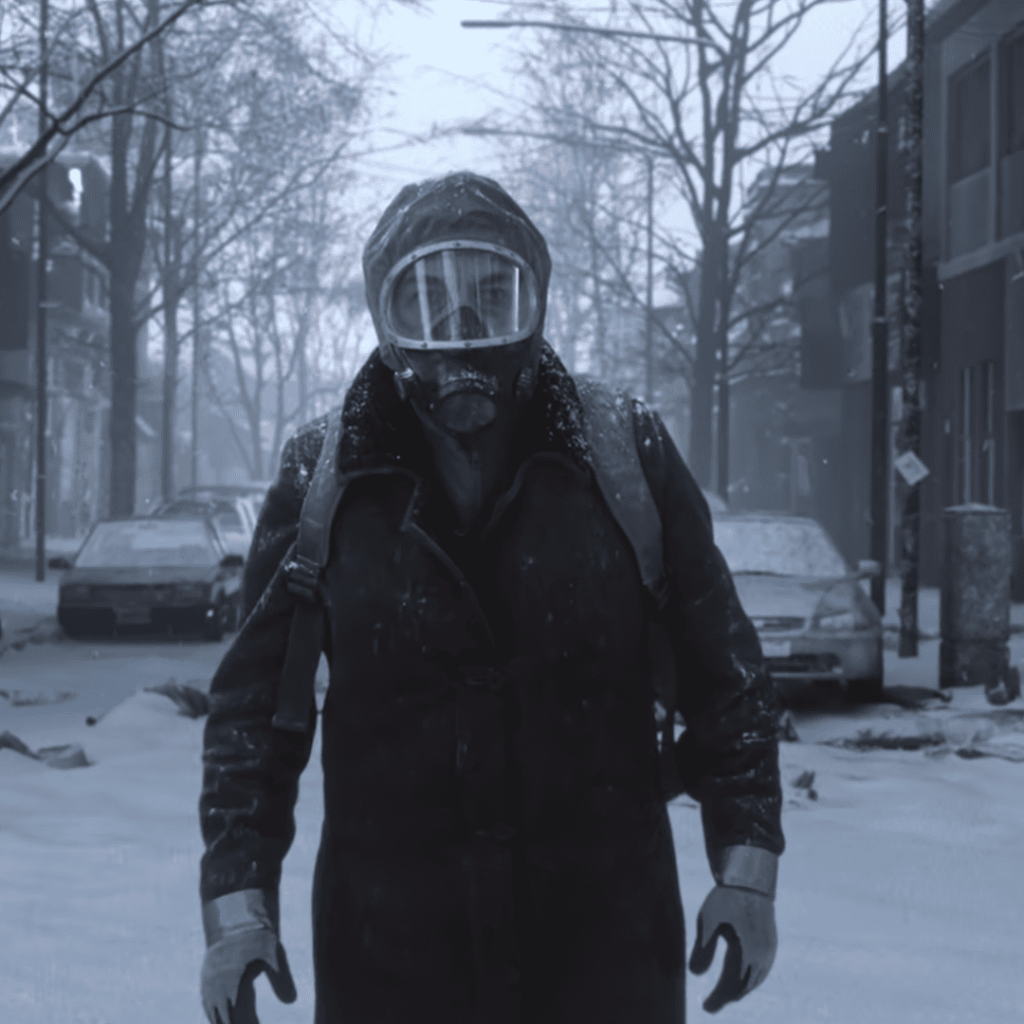
Six Episodes, One Uneven Pace
The show’s structure mostly worked. While the final episode felt slightly rushed, it still offered enough payoff to keep viewers invested especially with that alien intelligence reveal.
“The final episode may have felt rushed but it signaled there was more to the story.”
The time loops, if they were there at all, weren’t clearly depicted. Disassociation and trauma felt like more grounded explanations.

Shocks, Sacrifices & Snow-Covered Sadness
From the moment a friend stupidly walks into the deadly snow, to the mind control tactics of the aliens, The Eternaut delivers emotional gut punches. Standouts include:
- The boy locked in the cupboard while his family lay dead.
- Juan’s helplessness with the train survivors.
- The church sacrifice and the smoking of their last cigarette.
- The terrifying silence when a baby cried in hiding.
There were moments of shock, frustration, and heartbreak—but all grounded in believable human reactions.
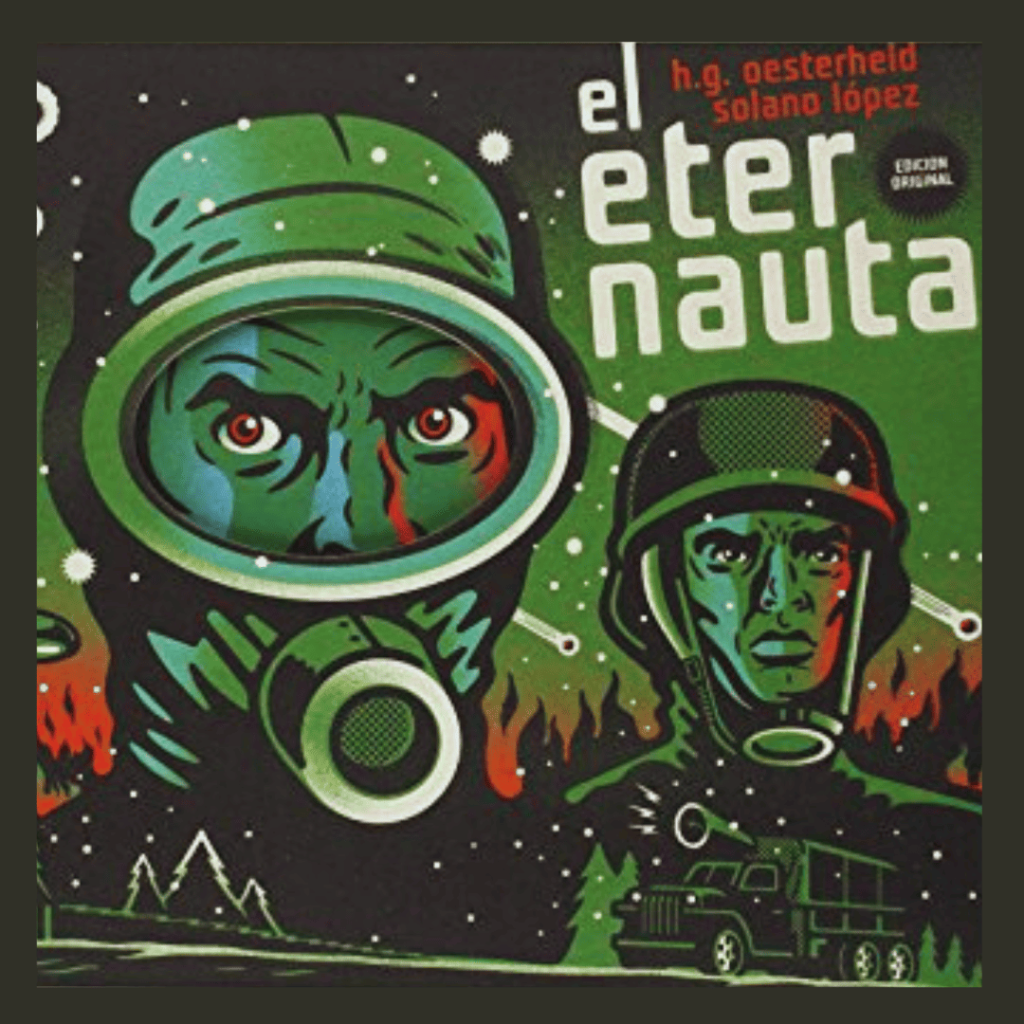
From Page to Screen: A Story That Survived the Cold
The Eternaut may be a 2024 screen adaptation, but its roots go all the way back to a 1957 Argentine comic by Héctor Germán Oesterheld. That fact alone is a kind of time travel, proof that the best stories transcend decades.
It’s astonishing to think that the icy dread, existential questions, and survivalist themes that grip us today were imagined nearly 75 years ago. A good story doesn’t just predict the future, it endures it.
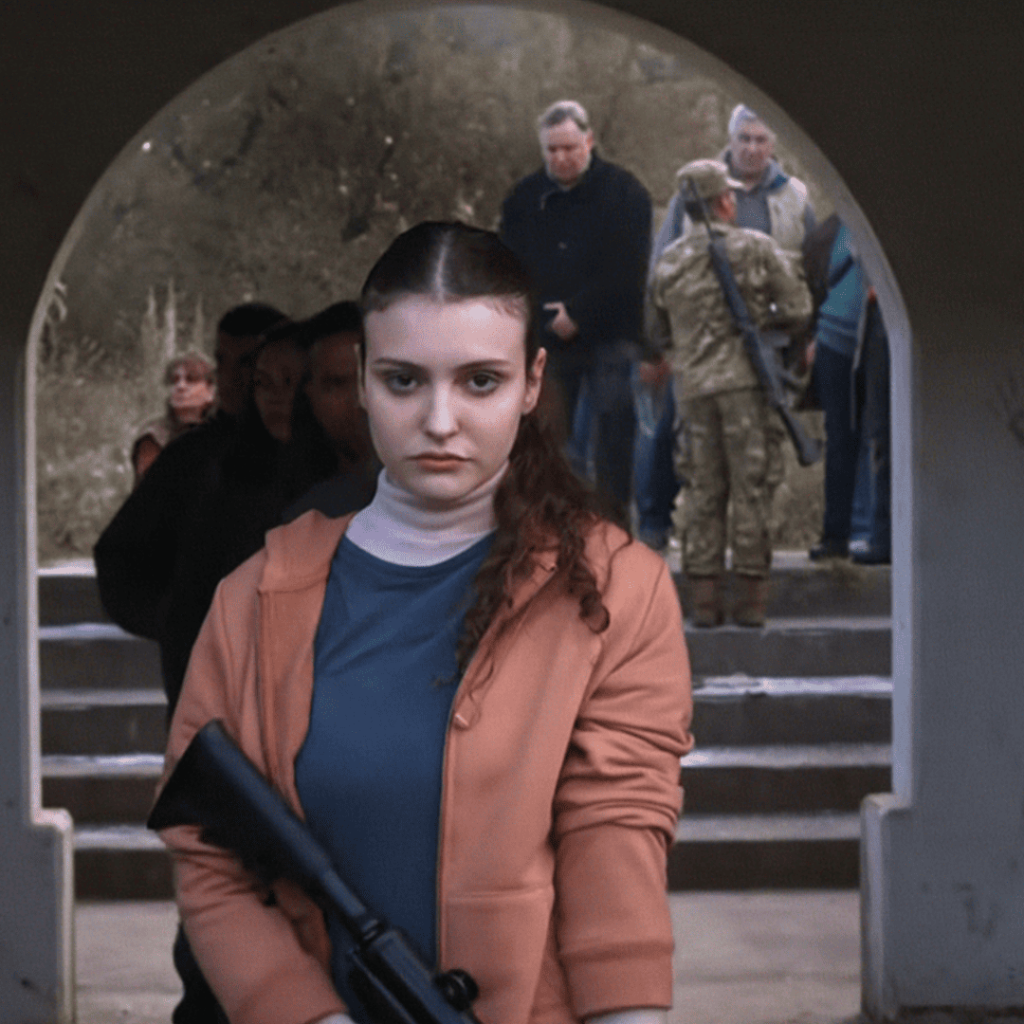
Final Verdict: Should You Watch The Eternaut?
If you’re into slow-burn, character-driven sci-fi with a dose of emotional realism, then yes.
Score: 7/10.
Not perfect, but powerfully human and absolutely worth a weekend binge.
Recommended for fans of Dark, Black Mirror, The Leftovers, War of the Worlds and Snowpiercer.
Read Next:
- Severance Season 2 First Impressions: A Chilling Return to Lumon
- Top 5 Sci-Fi Series You Might’ve Missed
Loved The Eternaut? Or felt underwhelmed by the time loop?
Drop your thoughts in the comments or follow us on Instagram for behind-the-scenes stills, theories & global sci-fi picks.
Bookmark this post and share it with your favorite genre binge-watchers.
Disclaimer: This blog is for informational and entertainment purposes only. All copyrights and trademarks for the TV shows, films, and other media referenced are the property of their respective owners. This blog aims to provide original commentary and insights and claims no ownership over third-party content.







